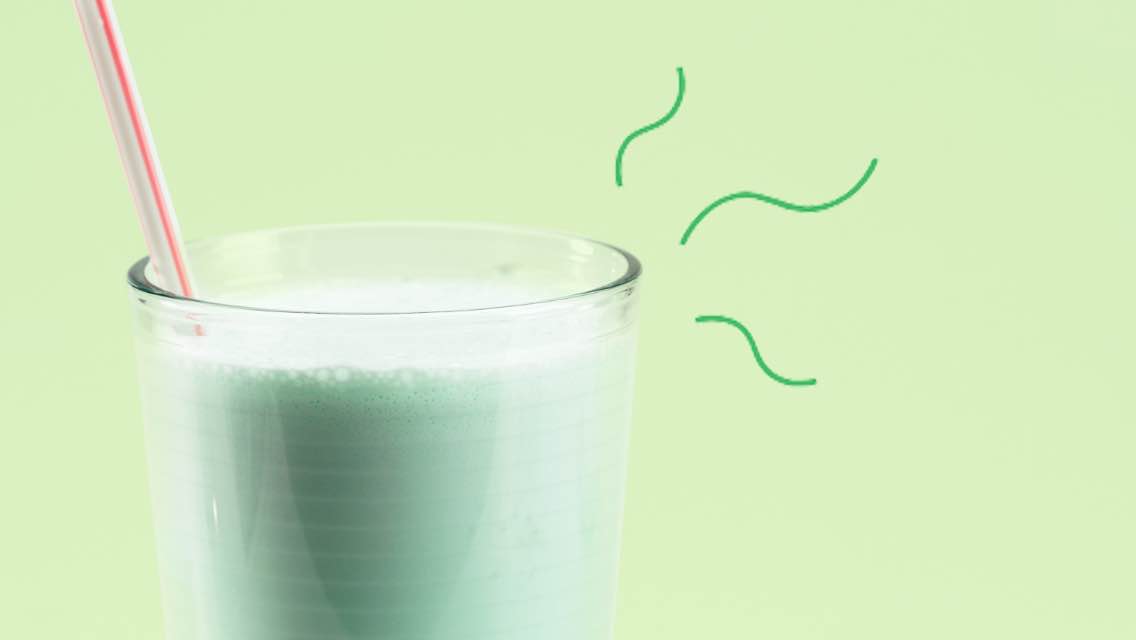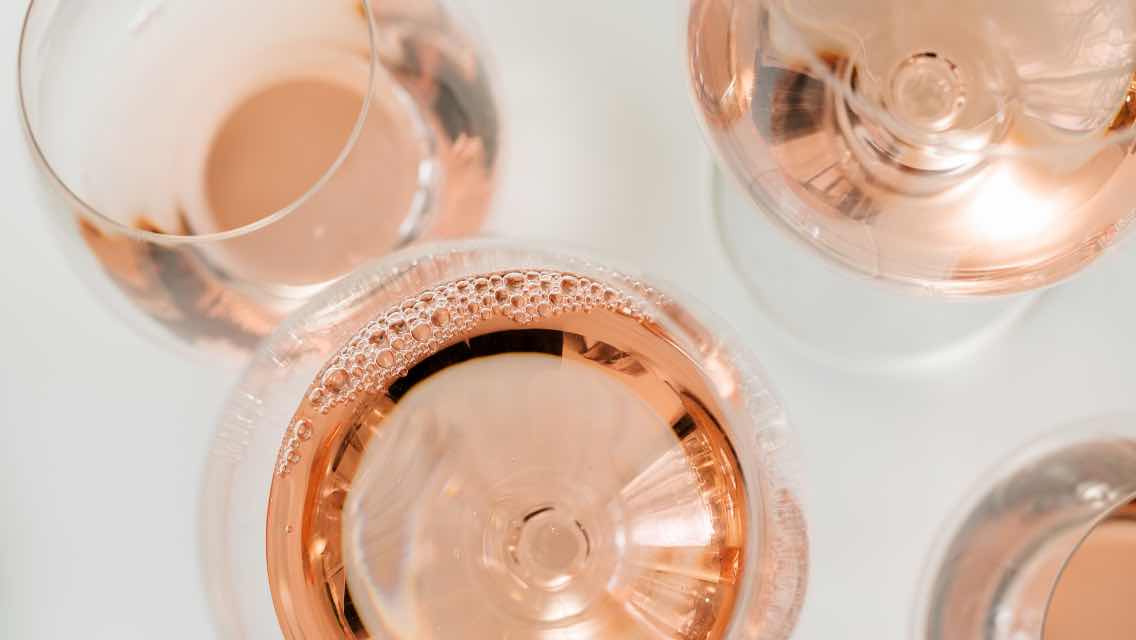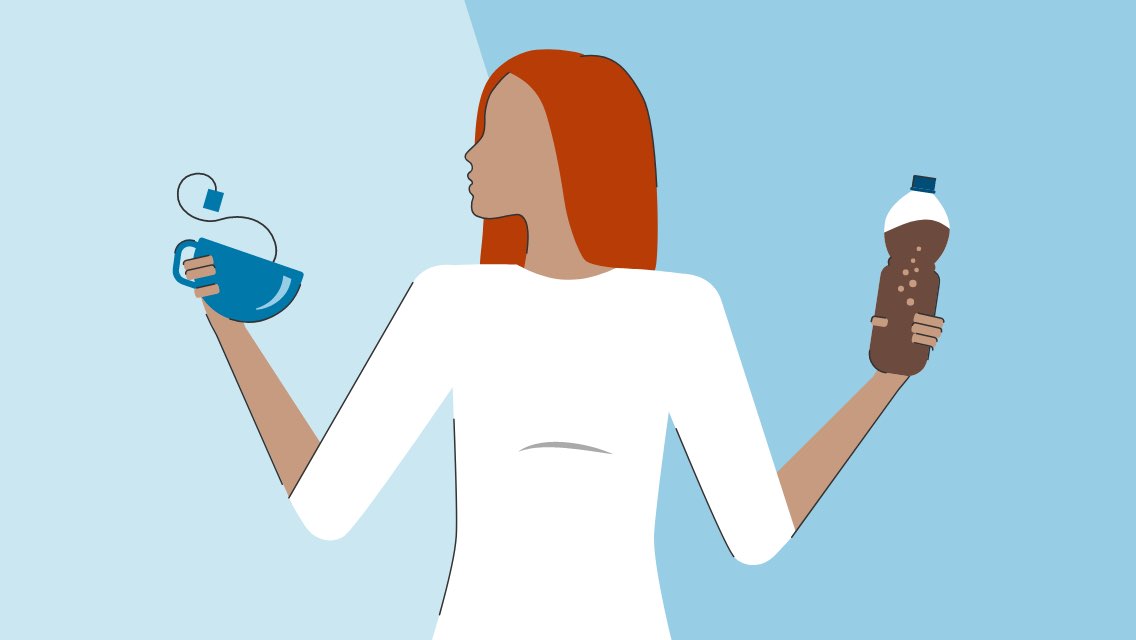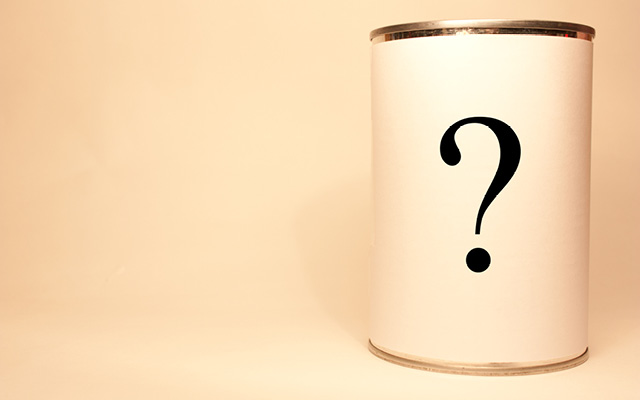St. Patrick’s Day is right around the corner — meaning that green-colored foods (green bagels!) and drinks (green beer!) are also making their annual appearance. They look exciting, different, and fun. They add a special celebratory note to the holiday.
But what’s making them green?
Let’s take a look at the McDonald’s Shamrock Shake, a popular St. Patty’s-themed product with a cult following, for example. The only thing making this concoction — a “smooth and creamy mint-flavored shake,” according to McDonald’s — green is the combination of two artificial food dyes known as Yellow 5 and Blue 1.
Yellow 5 (aka Tartrazine) and Blue 1 (aka Brilliant Blue and Acid Blue) are two common coloring agents found in the American food supply.
In “Dye Job,” a feature story on artificial food colorings that will appear in Experience Life’s June 2014 issue, Sheila Mulrooney Eldred reports that food dyes have been linked to various health issues, most notably behavioral effects such as ADHD: “The first inkling that artificial food dyes had a downside came in the 1970s, when pediatric allergist Ben Feingold asserted that hyperactive kids who eliminated artificial flavors and colors from their diets showed a remarkable improvement in behavior. Since then, other researchers have confirmed that many kids with hyperactivity experience a worsening of symptoms when they consume artificial dyes.
“While the behavioral effects are most often discussed, artificial food dyes may have adverse physical effects as well, the Center for Science in the Public Interest (CSPI) documented through a review of various studies. Some food dyes — including the three most common dyes — can provoke hypersensitivity in certain people.
“Animal studies, meanwhile, showed everything from reproductive issues to kidney disease. This prompted the European Food Safety Authority to further decrease recommended daily allowances of several artificial dyes and recommend further safety tests.”
Yellow 5, in particular, is the second-most widely used food coloring and has been linked to allergy-like hypersensitivity and hyperactivity in some children. (Read more in our 2011 story, “Secret Ingredients.”) In addition to the Shamrock Shake, Yellow 5 can be found in gelatin desserts, candy, baked goods, and even pet food.
Other nefarious ingredients in the Shamrock Shake include guar gum, a thickening agent that hasn’t been tested for safety, and high-fructose corn syrup, which is “basically a sweeter, less-expensive, more processed version of sugar.” (Read more about guar gum and HFCS in our April 2013 story, “Revealing Ingredients.”)
Sodium benzoate, another Shamrock Shake ingredient, made our Dirty Dozen list of items to steer clear of while shopping. (See the full list in our 2009 story, “How Healthy People Shop.”) Carrageenan is an ingredient that has been linked to gastrointestinal infections and even cancer. (For more on this, see the December 2013 article, “Carrageenan Concerns.”
At the end of the day, it comes down to awareness and personal choice. You may choose to drink the Shamrock Shake on St. Patty’s Day — or you may choose one of our healthy alternatives.
Eldred, the author of the upcoming food dyes story, adds: “[If] you’re determined to play it safe and avoid these dyes, there’s good news: If you eat whole foods, you’re unlikely to run into artificial dyes.”




